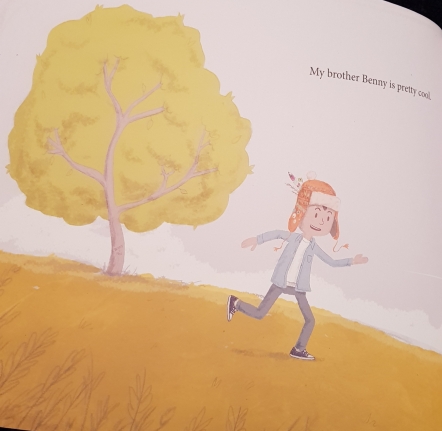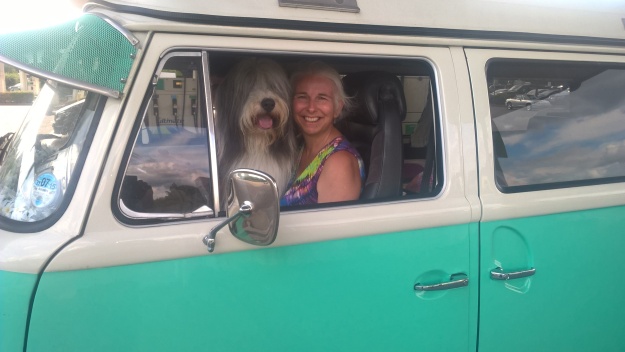Title: Is it a Mermaid?
Written by: Candy Gourlay
Illustrated by: Francesca Chessa
Published by: Otter-Barry Books

This book is full of interesting facts about the dugong and its history. Bel and Benji meet a dugong whilst playing on a beach in the Philippines. The dugong insists she is a mermaid. Bel is swept away by her imagination and instantly believes this. After all, in Malay the word for mermaid is ‘duyong’. Benji is harder to convince. He does not believe in mermaids and tells the dugong she is nothing but a Sea Cow. Understandably, this upsets the dugong. It is lucky that mermaids are so forgiving. By the end of the book even the most sceptic reader will believe in mermaids.
The story is enhanced by Francesca Chessa’s beautiful Monet-style illustrations. The colours take you on a journey through time, from the morning, to midday and then the glorious sunset and finally the deep blues of twilight when they have to pack up their fun day on the beach to go home. Even the end pages are illustrated as part of the story.
On the surface the themes of Is it a Mermaid? are friendship and kindness but this book carries a deeper message about how the dugong’s habitat of seagrass is under threat.
“They have been listed as vulnerable to extinction by the International Union for Conservation and Natural Resources (IUCN).” Candy Gourlay
Seagrass are flowering plants that live in shallow sheltered areas along coastlines all over the world. They are different from seaweed, have bright green leaves and are very important for the biodiversity around our planet.
”
- Seagrass meadows act as a natural sea defence by trapping sediment and slowing down currents and waves.
- They provide a home for many baby fish, including Cod, Plaice and Pollack around our shores.
- Seagrass meadows absorb and store large amounts of carbon and are vital in the fight against climate change.
- They absorb nutrients, pollutants and bacteria and help to keep our coastal waters clean.”
Project Seagrass
In the British Isles there is over 22,000 hectares of seagrass that is threatened by pollution and human damage such as boat propellers and chain moorings that can hinder its ability to produce new growth. Two species of seahorse depend on shrimp which inhabit the British Isles seagrass meadows and cuttlefish lay their eggs in these underwater fields.
I love the fact that Candy Gourlay ends the book with this educational message and points readers in the direction of an app called SeagrassSpotter designed by the charity Project Seagrass.
“SeagrassSpotter is a conservation, monitoring and education tool to help us better understand seagrass meadows around our coat.
By using SeagrassSpotter and becoming a Citizen Scientist with Project Seagrass, you can help us learn more about the seagrass meadows in your area, so that together, we can protect them.” Project Seagrass
This book would be ideal to use in the classroom to support work on habitats and conservation.
Is it a Mermaid? is a book to treasure.
To find out more about Candy Gourlay and her books visit www.candygourlay.com or follow her on Twitter @candygourlay and Instagram @candygourlay
To find out more about Francesca Chessa and her illustrations visit https://francescachessa.format.com/hello or follow her on Instagram @hollysredboots and Twitter @hollyredboots
To find out more about Project Seagrass visit www.projectseagrass.org
To find out more about the app SeagrassSpotter visit www.seagrassspotter.org or search in the App Store or Google Play.












 Her novel is about female friendships under pressure and is based loosely on the national park, Wilsons Promontory in Victoria, Australia where she had played as a child. But she had to deconstruct the landscape a bit to fit her purposes.
Her novel is about female friendships under pressure and is based loosely on the national park, Wilsons Promontory in Victoria, Australia where she had played as a child. But she had to deconstruct the landscape a bit to fit her purposes.






